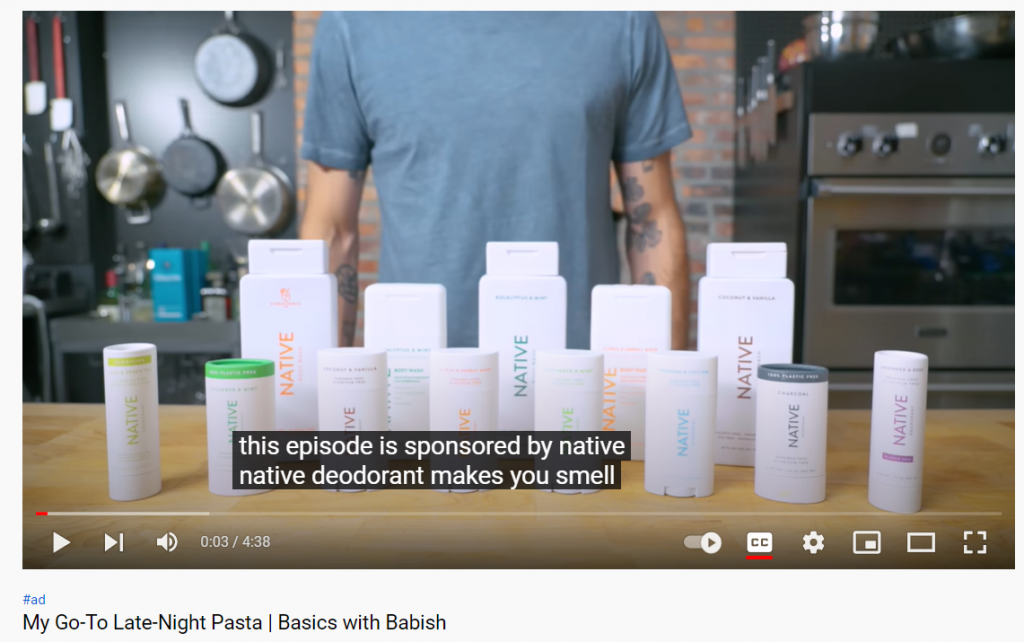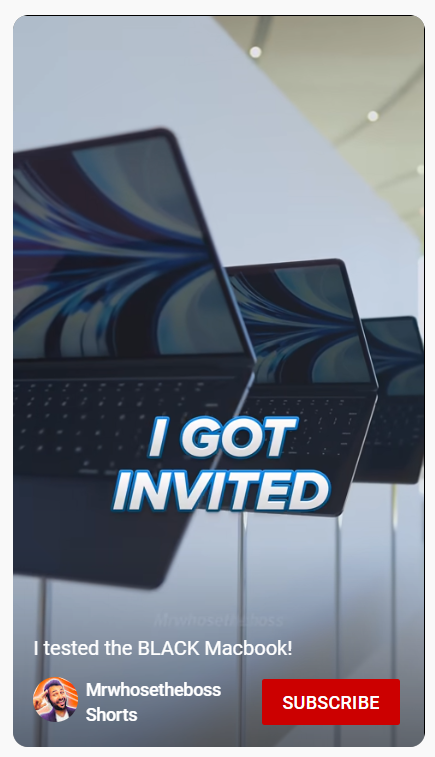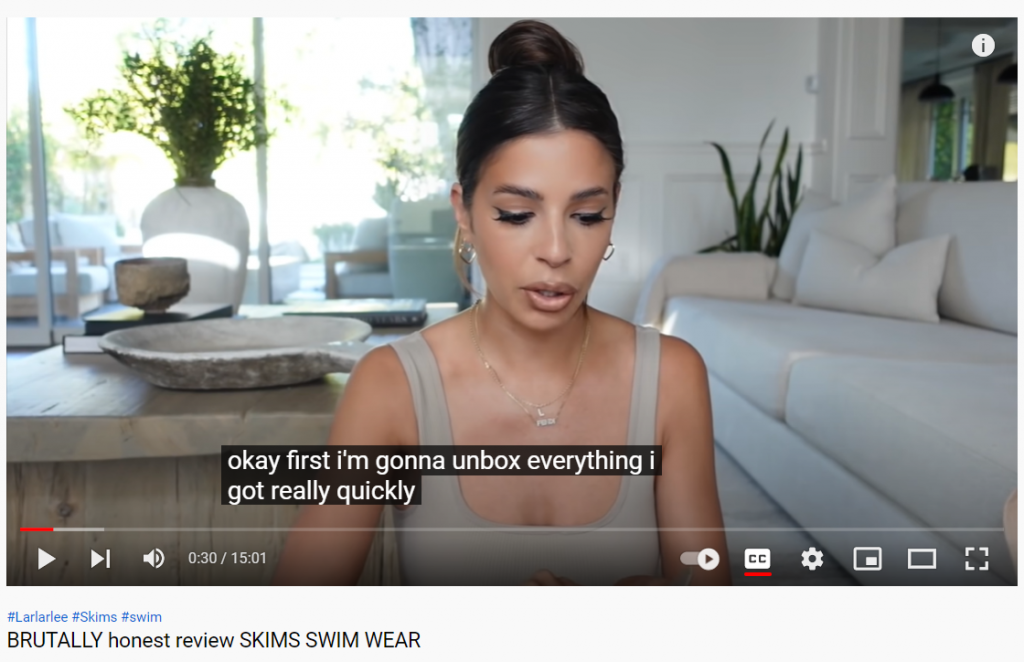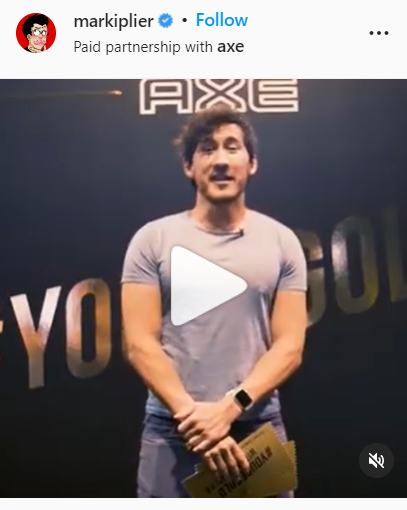KOL Marketing [Definition, Tips, How to Run a Campaign & More]
With the advent of social networks and influencers, we’ve been introduced to the term key opinion leaders and a tactic called KOL marketing.
But what exactly is KOL marketing and who are the key players behind it? Our guide will shed light on these questions and give you tips and steps on managing KOLs to reach your marketing goals.
What is KOL Marketing?
KOL (Key Opinion Leader) marketing is a format of collaboration with influencers in a particular field, who have expert knowledge and a high level of authority to help you promote the products or services in exchange for a monetary, product sample, or other types of compensation.
Now let’s understand who these people are.
What is a Key Opinion Leader (KOL)?
As the name might suggest, Key Opinion Leaders are people whose point of view carries significant weight thanks to their extensive knowledge and experience in a specific niche or industry.
With the definition of KOLs clear, we can discuss our next topic – the benefits of collaborating with these thought leaders.
3 Key KOL Marketing Benefits
Having a trustworthy person promote your products comes with a variety of advantages. We have listed the three most valuable benefits of KOL marketing for you down below.
Benefit #1: Increases brand awareness
Working with KOLs can positively contribute to your brand awareness for two reasons:
- Authority: the opinions of KOLs carry significant weight. When a KOL publicly talks about or even praises you, your brand name firmly imprints in the minds of their followers.
- Topical relevance: when your products match the KOL’s area of expertise (and they should), you are also exposing your brand to the right audience with the right interests.
Therefore, Key Opinion Leaders are an excellent choice for running your brand awareness campaigns.
Benefit #2: Can help in boosting sales
To understand how KOL promotions can drive your sales pipeline, we need to touch upon another important aspect of working with Key Opinion Leaders – the word-of-mouth effect.
Word-of-mouth marketing is an effective channel for generating marketing-qualified leads and affecting purchasing decisions. After all, around 80% of people share their positive experiences with their friends at least once a week, and 90% of people will trust the product more if somebody has recommended it to them.
When KOLs recommend your brand and products to their audience, you benefit from the combination of high-trust opinion and word-of-mouth effect, resulting in many of the KOL’s followers coming to your site and making a purchase.
Benefit #3: Increases your reach and audience pool
Another significant benefit of running campaigns with KOLs is the size of the audience you can potentially reach.
KOLs can have hundreds of thousands or even millions of followers with niche interests. A great example of this is celebrity chef Gordon Ramsay with 20 million followers interested in cooking and high cuisine.
Therefore, with the help of a KOL, you can reach a massive number of people who have relevant interests in your products.
With all these benefits, Key Opinion Leaders sound a lot like Influencers. Aren’t they the same? Let’s find out.
KOL Marketing vs. Influencer Marketing
The main difference between KOL marketing and influencer marketing is that KOLs are specialists with extensive knowledge in a specific area, while influencers do not necessarily specialize in anything.
Key Opinion Leaders rely on the word-of-mouth effect to grow your product, but so do influencers. Does this mean that they are the same?
The short answer is no.
Key Opinion Leaders are experts in their field with exceptionally high authority whose opinions about a topic or product are highly fact-driven, while influencers can be ordinary people who share their personal thoughts without citing any factual sources.
Despite this difference, however, Key Opinion Leaders have recently increased their online presence, and some of them have even gathered audiences the size of macro or mega influencers.
So the complete answer would be that many KOLs are influencers, but not necessarily all influencers are KOLs.
With the difference between KOLs and influencers clear too, let’s discuss the different ways you can find a Key Opinion Leader for your next campaign.
How to Find Key Opinion Leaders
Despite what you may think, finding a Key Opinion Leader ready to collaborate with you is not very hard. Here are three ways of finding them.

Now, let’s see what each way is about:
- Search industry hashtags on Instagram, LinkedIn, and Twitter: KOLs are likely to use hashtags of their niche, so if you search for the hashtag, you will find the posts of the right KOL too.
- Read industry-related articles and news: news outlets of your niche of interest are likely to talk about the most prominent KOLs. Thus, you can identify who the industry influencers are by reading the news.
- Leverage an influencer marketing platform: there are specialized SaaS tools with databases of KOLs and influencers from any niche you can imagine.
Now you know how to find a key opinion leader. But how can you collaborate with them? This is what we are going to cover next.
6 Types of Collaborations with KOLs
There are no real limitations and fixed ways within which you can collaborate with a key opinion leader. The partnership usually happens as a result of you talking to the KOL and agreeing on something.
However, there are common ways of collaboration that you should know about. Here are six of them.
Type #1: Advertisements
The most straightforward way is asking KOL to do traditional advertising. Here is what this case looks like.

Here we have professional cook Andrew Rea of the channel Babish Culinary Universe with almost 10 mln followers. In the video, Andrew directly advertises a deodorant before moving on to cooking.
Type #2: Offline appearances
Another interesting type of collaboration is to invite the KOL into one or several of your offline events (e.g., a conference or a product unveil event). KOLs like to take photos and videos of the venues they visit and post them on their social media channels.
Now let’s see an example.

Here we have a YouTube short by tech expert Arun Maini of Mrwhosetheboss channel with around 5 mln followers. Apple invited Arun to their presentation of Macbook Air M2, and we can see that he posted a short about his visit.
Type #3: Guest blogging
Guest blogging is a great tactic to use for working with KOLs too. You can invite the KOL to make a guest post on your blog, thus increasing the credibility of your website.
A typical example of guest blogging looks like this.

Here we see a digital marketing celebrity Neil Patel, who is constantly making guest posts on the HubSpot blog.
Type #4: Content sharing
Considering that many KOLs are highly active on social platforms, why not ask them to share your content marketing assets (e.g., live streaming video content, posts, images, etc.)?
If they do, it will look something like this.

This post belongs to lawyer Devin Stone who runs the channel LegalEagle on YouTube with 2.5 mln subscribers. Devin has shared a post by streaming service Nebula as a way of promoting them.
Type #5: Product gifting and review
As a way of appearing in the KOL’s posts, digital marketing teams also send them a product sample as a gift and ask to use and review it.

The person in the video is shopping and fashion professional Laura Lee, with a 4.6 mln audience. She received several pieces of swimwear from the brand Skims and did a review about them.
Type #6: Brand mentions
Finally, you can ask KOL to mention your brand in their content. Let us give you an example to explain what we mean.

The post here comes from a professional gamer Markiplier, with 33mln subscribers, who has partnered with Axe by showing off their brand on his Instagram channel.
There you go. Six tested methods to get the most out of your KOL campaigns. Now let’s understand the steps of running an effective KOL campaign.
How to Run a KOL Marketing Campaign in 5 Steps
If you are familiar with the influencer marketing strategy, running a KOL campaign won’t be a struggle as both strategies share many steps.
To get your KOL marketing efforts up and running, here is what you need to do.
Step #1: Define your goals
Whatever marketing strategy you’re tapping into, always start with the goals, as your activities might drift in the wrong direction if you are not sure what you want to achieve in the end.
The goals of a KOL campaign can be anything from increasing your brand awareness to driving traffic to your site and boosting sales revenue.
Step #2: Choose the right social media platform or channel
Your choice of a social media platform will depend on what you want to promote. For instance, if you need to sell a B2B marketing tool, choose LinkedIn. On the other hand, if you are selling stylish boots for teenagers, you might consider using TikTok (a.k.a. Douyin in China), as its demographics are Millennials and Gen Z.
If you want to sell to Chinese consumers, your target audience will be hanging out on Weibo, Wechat, and Xiaohongshu.
Step #3: Choose relevant KOLs (and contact them)
This step is critical as it determines the relevance and authenticity of your products’ promotions.
The best key opinion leaders to work with are the ones who have the right niche audience with needs that resonate with your products.
For example, if you are an e-commerce brand selling running shoes, working with a pro athlete would be a great idea, while asking a lawyer for a promotion would be ineffective.
Step #4: Decide how you are going to collaborate
We have shared a list of six collaboration types you can use for your KOL campaigns. But remember that you do not have to limit yourself to them. The sky is your limit, and you have creative freedom in choosing the format of collaboration.
Step #5: Track and measure your campaign’s success
Take a data-driven approach to managing your KOL marketing channel.
By measuring your campaign performance, you can spot the weak points and quickly fix them.
Some standard metrics are the number of followers of the social media influencer, the reach of your promoted posts, the number of clicks, influencer traffic, and others.
This was essentially it – five relatively simple steps to get you started. But wait, we have three more pro tips for you to consider.
3 Tips to Create a Great KOL Marketing Strategy
There is a difference between just a KOL campaign and a great KOL campaign. By using these three tips, you will be able to take your key opinion leader strategy to another level.
Tip #1: Aim for the long–term
It takes time to find your KOLs and arrange a campaign with them. Apart from that, finding the KOL with the right audience might be time-consuming too.
So, it is better to focus on developing long-term relationships with your KOLs instead of one-time campaigns.
Tip #2: Be channel-specific and appropriate
Relevance is king. Aside from working with a KOL who has the right audience, you should also consider how exactly your promotions will appear in the content. The best approach is to match the visual and content style of the KOL and let them take charge and fit your product ads into their content organically.
Tip #3: Review the KOL’s accounts
Unfortunately, not all data on KOLs is correct. Fake personalities with made-up data are quite common in the KOL marketing industry.
Therefore, you need to verify the audience, engagement, and other metrics, as creators can exaggerate or inflate them using bot traffic.
With the pro tips behind us, too, let’s give you the final piece of advice when working with KOLs before concluding our guide.
Things to Consider When Working With KOLs
Before you start your first collaboration with a KOL, you need to pay special attention to their reach and engagement rate.
Popular KOLs will have a wide reach, however, their audience will be less engaged than that of a smaller KOL. Therefore, depending on your goal, you might prefer to go for wider reach (e.g., for brand image building) or better engagement (e.g., sales campaigns).
Now Over to You
Key opinion leaders are highly valuable personalities as their reviews and opinions are trusted by their audience.
With the power of KOL marketing, you can reach your marketing goals, such as driving sales or improving your brand voice.
If you liked this guide, you might also want to check out others that we have about digital marketing in our blog.

Sona Kalantaryan is a senior digital marketer with a creative past. Big fan of high cinema and well-optimized landing pages. She authors guides by sharing the best practices and does it the right way!
